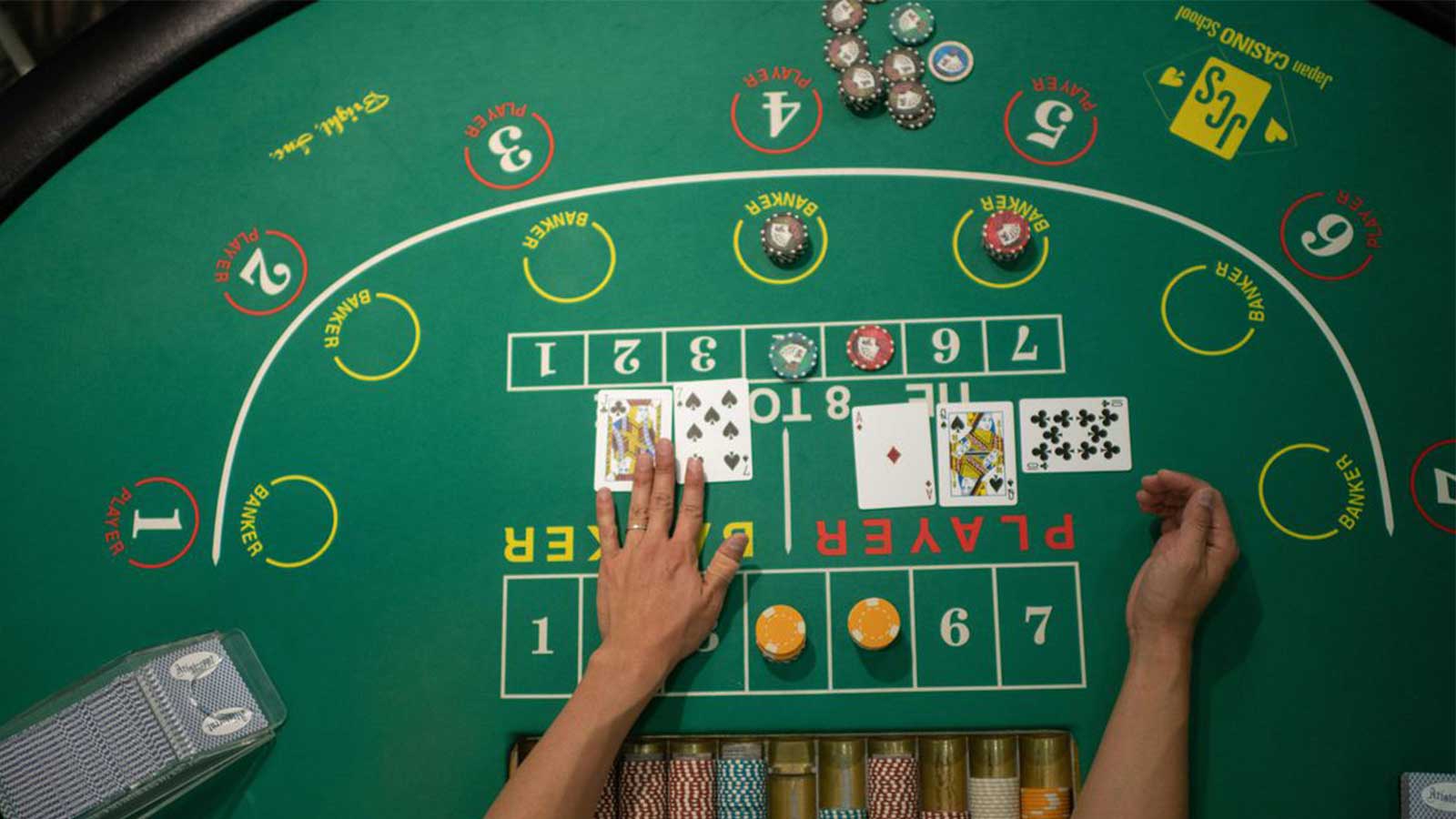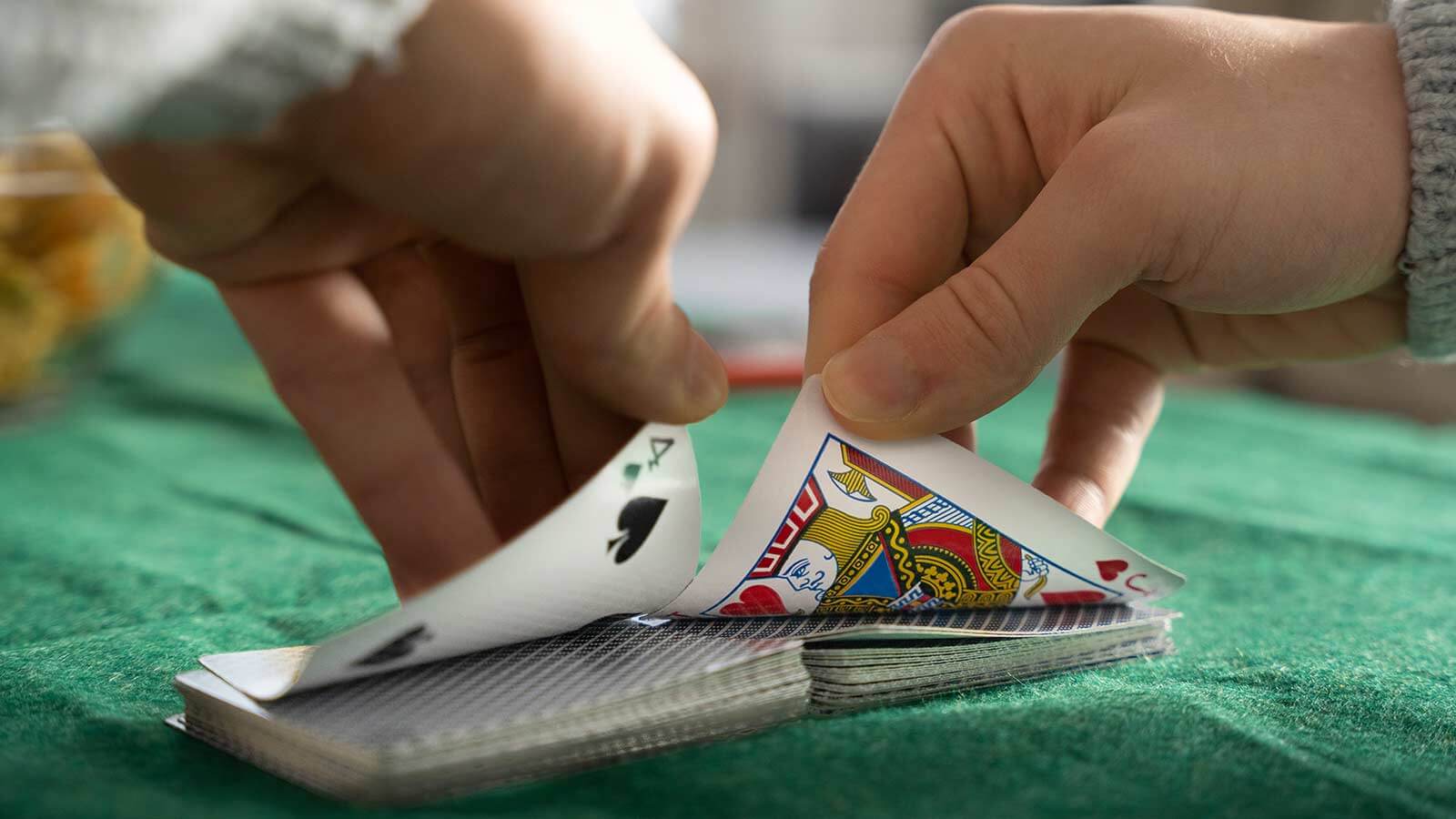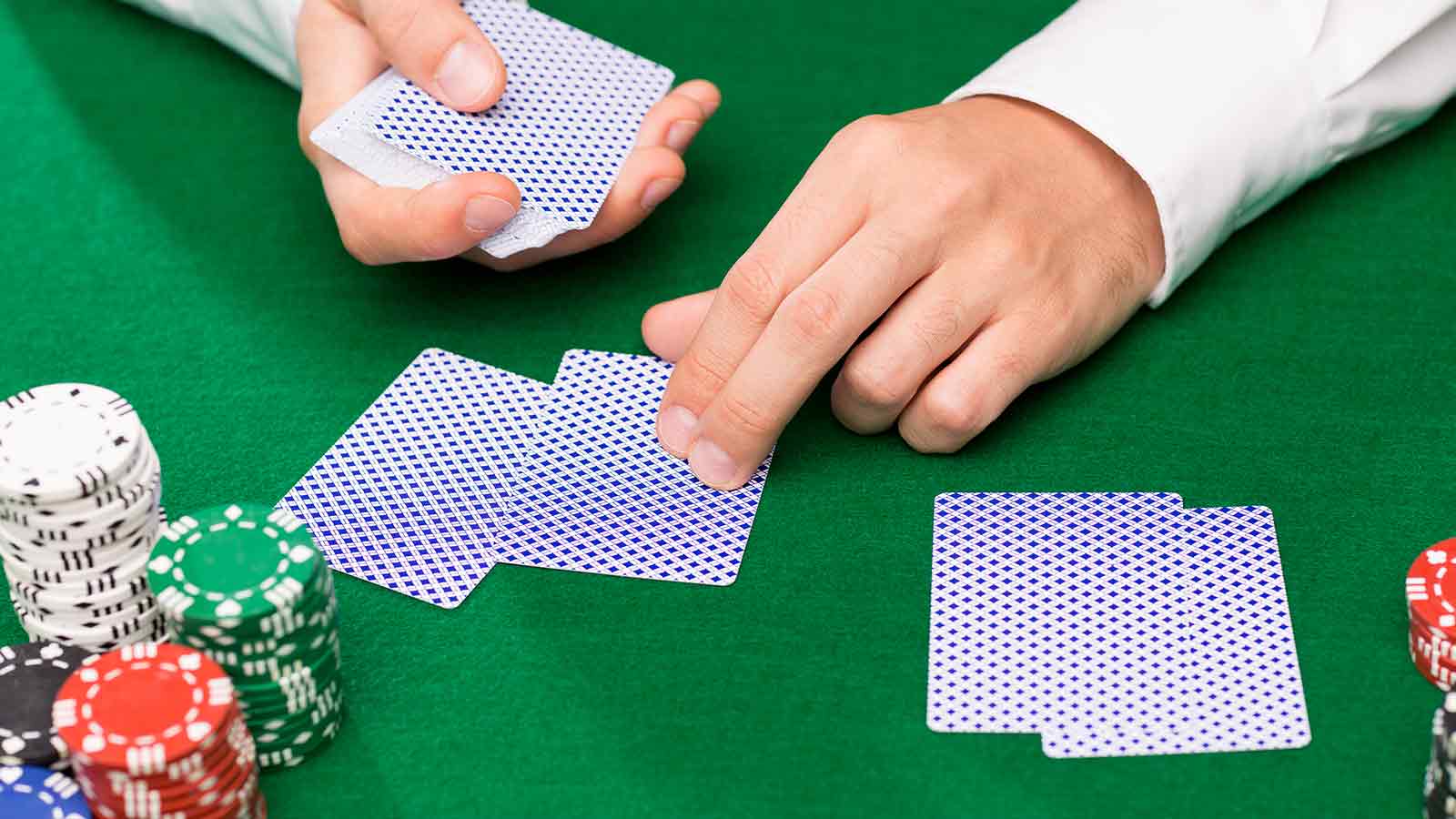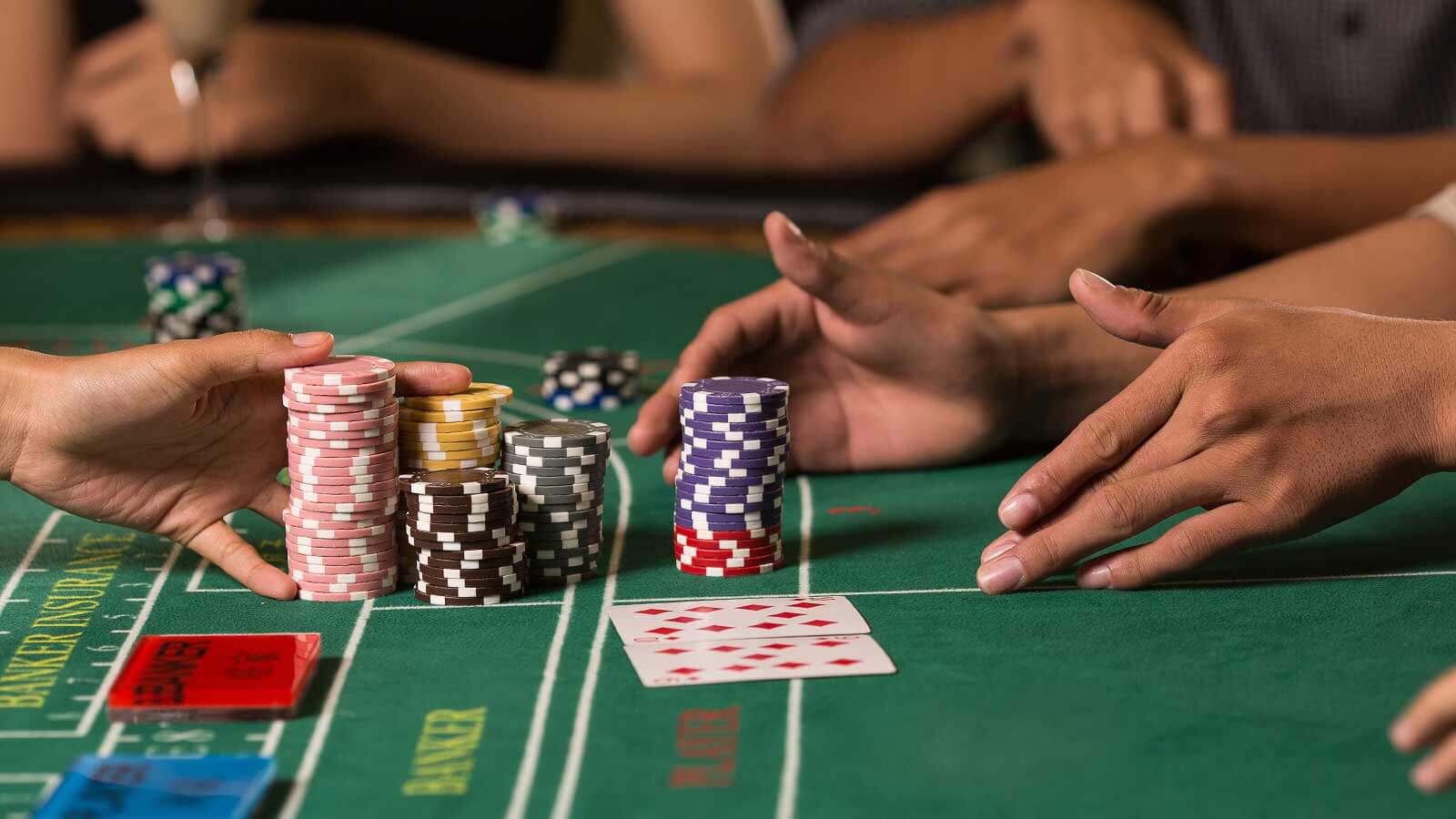Card Counting In Baccarat | Expert Guide
KingCasinoBonus receives money from casino operators every time someone clicks on our links, influencing product placement. The compensation we receive does not impact our recommendation, advice, reviews and analysis in any way. Our content will always remain objective, independent, straightforward, and free from bias.

Think card counting is just for baccarat pros? Think again. This less-known technique can give baccarat players a serious advantage, too. But is it worth the effort? We’ll even uncover common counting mistakes that could cost you big.
On this page
How Does Baccarat Work – Game Overview

Baccarat is a popular casino game because it’s easy to play, challenging a player to make one of the two available hand bets, the wagerer’s or the banker’s, or to bet on a tie. The dealer’s and banker’s hands are dealt twice, and the hand closer to 9 gets victorious.
Both hands get dealt two cards each, and the hand nearest to 9 wins. Your hand’s value is calculated by the card’s sum.
All the cards keep their value, apart from the face cards and the cards with tens, which receive a zero value. Reveal the hidden secrets of baccarat with our expert guide and see why betting with the banker is the smart player’s way to go.
When a hand’s value goes over 10, the rightmost digit of that sum determines its worth. For example, a hand composed of 7 and 6 equals 13, resulting in a total value of 3.
There are many baccarat variations, such as Punto Banco, Chemin du Fer, Baccarat Banque Mini Baccarat, and European Baccarat, but the core rules remain the same.
How to Use Card Counting in Baccarat

Card counting is synonymous with baccarat, although the concept can find an application in baccarat. It’s a tactic frequently featured as a plot line in movies. However, many professional players have allegedly made millions by counting cards.
Baccarat casinos frown upon the activity and can expel gamblers they think are counting cards. However, there is a misconception that excellent memory is a condition for effectively counting cards. The trick is not to remember the order of each card in the deck but to keep track of the ratio of low cards to high cards.
- The point of the strategy is to determine which side has the advantage on the next hand. This is accomplished with the running count, a plus and minus strategy. Every time a new shoe starts, the counting should value 0. As the cards get exposed, players should add value to each card.
- Players should increase with 1 for every card between 1 and three. When it comes to 4, one must increase with 2. After that, start subtracting with -1 for cards 5, 7 or 8, but -2 for 6. Face cards and 10 stays neutral.
- Having these values will help you decide if, on the following hands, the Player or Banker bet offers better chances of a win. For a Player bet, you need a count of 16+ or higher, while for a prospective Banker bet, a count of 15+ or lower is a good indicator.
Over the years, several count card systems have evolved, but all start more or less with the concept presented above. One additional thing you need to know is the key differences between Baccarat table sizes.
Ready for Advanced Techniques? – Discover the Pro Methods

There are advanced systems that modify the basic concept, and some famous players have developed their strategies for counting cards in Baccarat by relying on their personal experience.
Advances don’t always equal better. One of the disadvantages of more sophisticated systems is that they tend to get more complicated, requiring more time to learn the system’s mechanics.
Players like Ed Thorp and John May, both respected baccarat authors, have their takes on counting cards.
Remember that there are many other strategies, but they are worth considering only after you master the basics.
The Thorp Counting Method
Thorp believes that the calculations for the running count must differ depending on which type of bet you are planning to make. For example, a Player bet requires you to add 1 for when twos, threes, sixes, and nines get dealt, but you will have to subtract 2 for fours and fives. A plus 2 gets reserved for sevens and eights. But according to Thorp, the opposite should be done if planning on wagering on the Banker.
John May’s Tie Betting System
May’s system focuses on the Tie bet, which, according to John, is the only worthwhile option for card counting in baccarat. Ties are rare but offer larger payouts. May’s philosophy is that if odd cards are not present in the shoe, then the Baccarat odds for a Tie doubled. In this system, you start the count by adding 1 for every odd card. When you hit 160 on the count, it’s time to make Tie bets.
The Challenges of Card Counting in Baccarat

In theory, card counting should turn the odds into the player’s favour as the game progresses and more cards get dealt from the shoe. The ongoing counting will offer a specific estimation of the possible remaining playing cards. Despite some similarities, counting cards in baccarat is not as productive of a system as it is in blackjack casinos and blackjack bonus sessions.
The cause for this is that baccarat is symmetric. No cards offer a massive advantage for one bet type over the other. Plus, for baccarat, casinos typically use an 8-deck shoe, meaning low volatility of the edge. The decks get shuffled after each game, so all your maths is pointless for the next round.
The Biggest Obstacle of Baccarat Card Counting
One of the biggest challenges is that the player has no way to influence the course of the game except to choose the bet. Considering that the drawing rules for each version of Baccarat are fixed beforehand, the croupier must follow the Baccarat rules by default. You have no option to decline a new card or ask for one.
If conditions are right, the counter may create an advantage, but generally, the edge will be slight and difficult to acquire.
What Are the Potential Pitfalls of Counting in Baccarat?

Many players see this Baccarat strategy as an ideal way to gain an edge over the casino. However, despite the numerous books with success stories from players, it’s not a sure-win strategy.
One crucial thing must be cleared up. Counting cards is not illegal, but that will not discourage casinos from escorting out players dabbling in the practice.
Getting caught and the drama of having security take you off the casino property is not fun. Plus, you will not be welcomed back into the casino.
Cons to Card Counting in Baccarat
- Small profit margins
- A large bankroll is necessary
- Mastering the system is tricky
Small profit margins
The advantage offered by card counting in baccarat is small, and players using the system win cash at a slow pace. There’s a bigger chance you will experience a loss.
A large bankroll is required
Card counting is not a quick scheme. Even if you succeed, it will be in a small percentage per game, meaning you will have to visit the casino frequently to achieve a larger profit.
This translates to having a hefty bankroll to fund the numerous baccarat sessions.
Mastering the system is tricky
It takes practice to count cards confidently in a real game. And it’s not only about learning the strategy but having the proper demeanour, which will hide what you are doing.
You want to avoid getting bounced on your first attempt.
King’s Verdict: Is Baccarat Card Counting Worth It?
The crucial question is how effective counting cards in baccarat is and whether it is worth the effort.
It’s not a lucrative venture, although it can slightly boost your odds at the table. Still, do not expect to win huge profits with this method. There is no way to get guaranteed earnings in baccarat, as it’s a game of pure chance, with a declared specific house edge favouring the casinos.
At the moment, playing in the best online casinos that offer Baccarat titles and top casino bonuses, such as bonus funds and cashback rewards, are the only safe practices for minimising your losses when playing this game. However, counting cards can be fun for casual players looking for a challenge. Hence, you can give it a shot if you are ready to work with smaller profit margins.
But remember that there are disadvantages, like getting caught in the act and being banned from a local casino. Plus, you need a large budget to start playing, and there is always the risk of losing.
Balance out the pros and cons of the system and decide for yourself if you should practise counting cards. And, as always, stay gamble-aware!